#neolithic tomb
Text
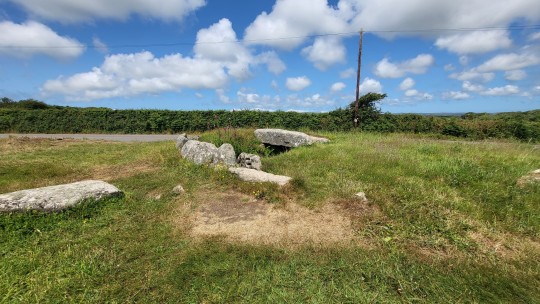
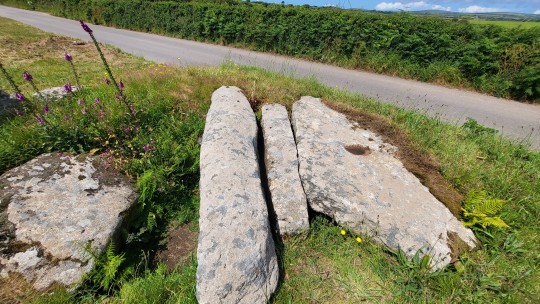
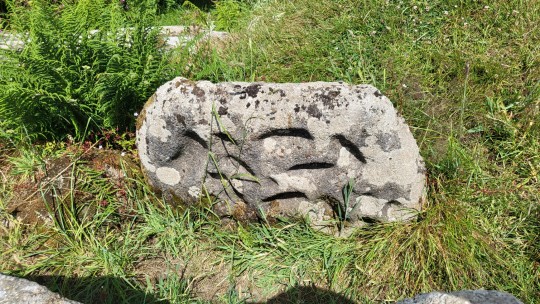

21st June 2023
Tregiffian Barrow (Hirvedh Treguhyon in Kernewek), also called Cruk Tregyffian, is a stunning Scillonian chamber tomb located a stones throw from the Merry Maiden’s circle, just past Nansmornow. It’s been cut in half by the road right beside it, but 4.3 meter long & 1.2 meter wide chamber survived, while half the kerbstones did not. There are three massive capstones still in place while their fourth fellow has fallen. The most visually exciting part of the tomb is now kept safe in Cornwall Museum over in Truru – a cupmarked stone. There’s a cast in situ at the tomb as part of the entry so the impression is not lost.
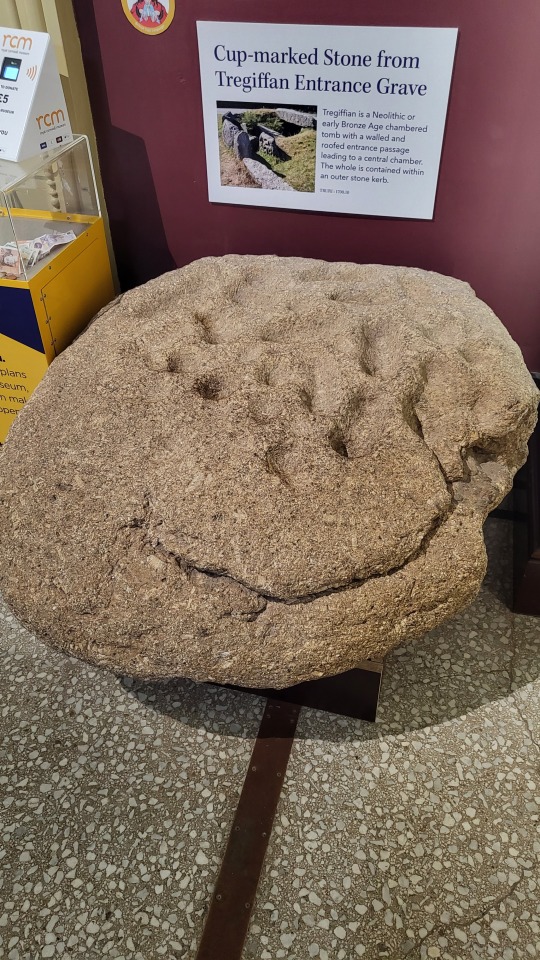
Archaeological study has found both bone fragments from cremation & urns along side flints, as well as the potential for the tomb to have been used at least twice by a community – if not more. The contents have been dated to 1900 BC and there are some light theories that it formed a ritual or religious complex along with the surrounding stones.
megalithic.co.uk
#Tregiffian Barrow#Cruk Tregyffian#chambered tomb#barrow#burial site#neolithic burial site#neolithic#bronze age#neolithic tomb#burial tomb#cupmarked stone#kernow#cornwall#megalithic site#neolithic site#Hirvedh Treguhyon#scillonian chamber tomb#entrance grave
1 note
·
View note
Text
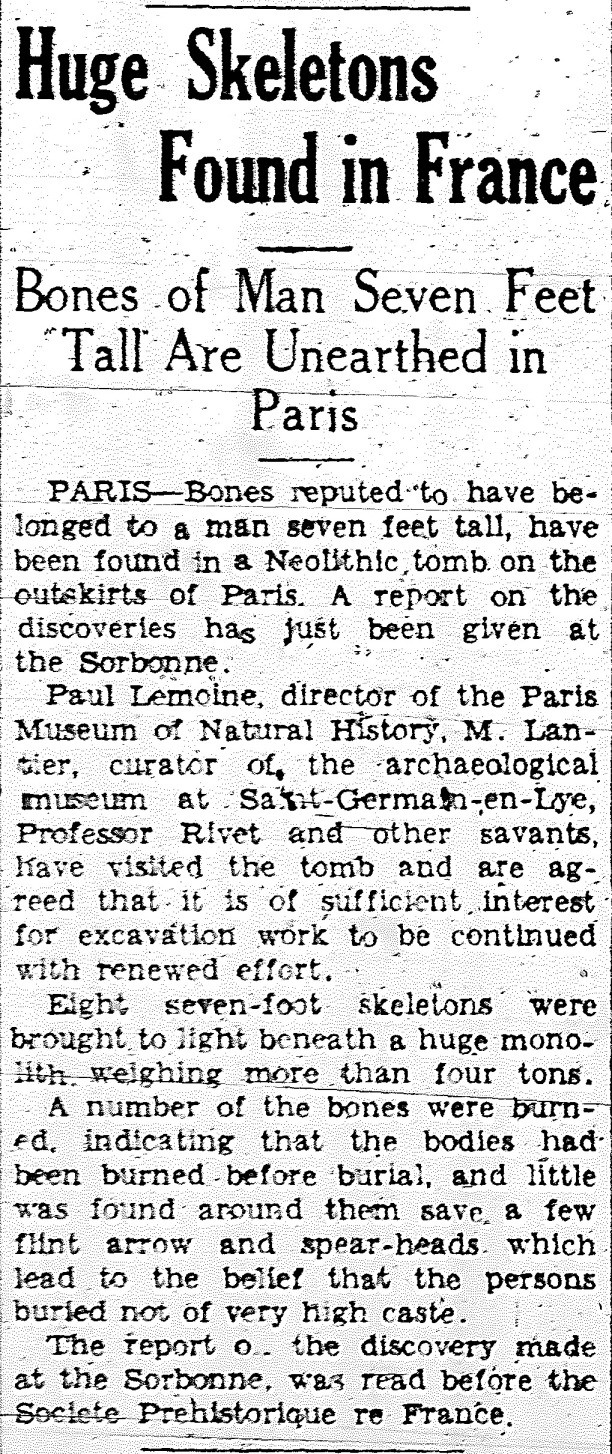
"Huge Skeletons Found in France," Kingston Whig-Standard. May 6, 1933. Page 9.
---
Bones of Man Seven Feet Tall Are Unearthed in Paris
---
PARIS - Bones reputed to have be- longed to a man seven feet tall, have been found in a Neolithic tomb on the outskirts of Paris. A report on the discoveries has just been given at the Sorbonne.
Paul Lemoine, director of the Paris Museum of Natural History, M. Lantier, curator of the archaeological museum at St.-Germain-en-Lye, Professor Rivet and other savants, have visited the tomb and are agreed that it is of sufficient, interest for excavation work to be continued with renewed effort.
Eight seven-foot skeletons were brought to light beneath a huge monolith, weighing more than four tons. A number of the bones were burned. indicating that the bodies had been burned before burial, and little was found around them save a few flint arrow and spear-heads. which lead to the belief that the persons buried not of very high caste.
The report of the discovery made at the Sorbonne, was read before the Societe Prehistorique de France.
#paris#neolithic tomb#neolithic#musée national d'histoire naturelle#societé préhistorique de france#natural history museum#sorbonne#anthropologie#histoire de france
0 notes
Text

Stoney Littleton Long barrow with my son
61 notes
·
View notes
Text

Extravagant Bead Necklace from Neolithic Child’s Grave Reassembled
An elaborate necklace of thousands of beads discovered in a child’s grave in the Neolithic village of Ba’ja, southern Jordan, has been reassembled bead by bead five years after it was unearthed. It is the most elaborate adornment ever found at a Neolithic site, and is a unique testament to the funerary practices of the elite in this prehistoric farming and livestock-raising community.
Located not far from the Nabatean rock-cut city of Petra, Ba’ja was occupied between around 7,400 and 6,800 B.C. It is densely packed with multi-layered stone dwellings that are believed to have been homes and stores for family units. While the deceased were usually buried elsewhere, some of the dead were buried in individual, double or collective graves underneath the structures.
In the summer of 2018, a stone-lined cist grave was found underneath the floor of a stone house. It contained the skeletal remains of a child about eight years old buried in fetal position. While the sex could not be conclusively determined, the shape of the chin suggests the child was female. The archaeological team named her Jamila (meaning “beautiful” in Arabic).
The skeleton was in a very poor state of preservation with bones missing and severely damaged by thousands of years and the heavy weight of the layers above the grave. Excavation revealed concentrations of beads of various materials and sizes mostly grouped around the child’s chest and neck. An astonishing 2,500 beads — flat beads, cylindrical beads, disc beads, tubular shell beads — were ultimately unearthed. Most of them were made of sandstone, but there were also turquoise, shell and amber beads from Lebanon that are the oldest ever discovered.
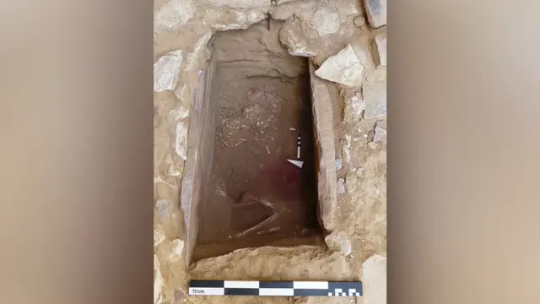
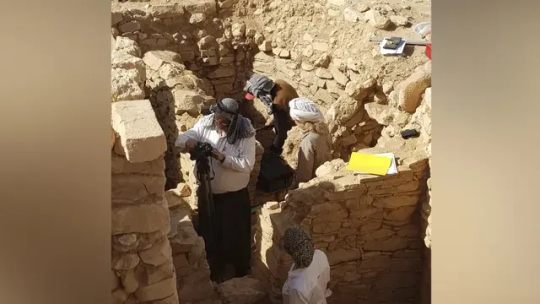
The bead concentrations were distributed between two large pendants: a mother-of-pearl ring carved from a large single pearl oyster shell with multiple perforations and a double-perforated oval hematite pendant. The mother-of-pearl is particularly spectacular, and cannot have been local. It was likely an import from the Red Sea more than 700 miles away.
Some of the beads were found still aligned in several rows on the left side (the child was positioned on her left side and gravity did the rest) but many were scattered. Repeated patterns and combinations of bead type and color in the surviving rows indicate the beads cannot have been scattered over the body, but it was not clear whether they were originally part of a necklace, a decorated garment, chest piece or something else entirely.
The grave was documented in painstaking detail, and the concentrations and surviving rows made it possible for researchers to reconstruct the original configuration. The entire assemblage was loaned to research laboratories in Germany and France for cleaning, consolidation, restoration and analysis.
The result of the reconstruction is nothing short of spectacular, 12 inches wide at the widest point and 12 inches long at its longest. The most plausible arrangement for all those beads and pendants turned out to be ten rows, seven connected to each side of the mother-of-pearl ring and 3 separated from it.
The reconstructed necklace (with black foam placeholders for the beads that are too fragile to be integrated) is now on display at the Museum of Petra.
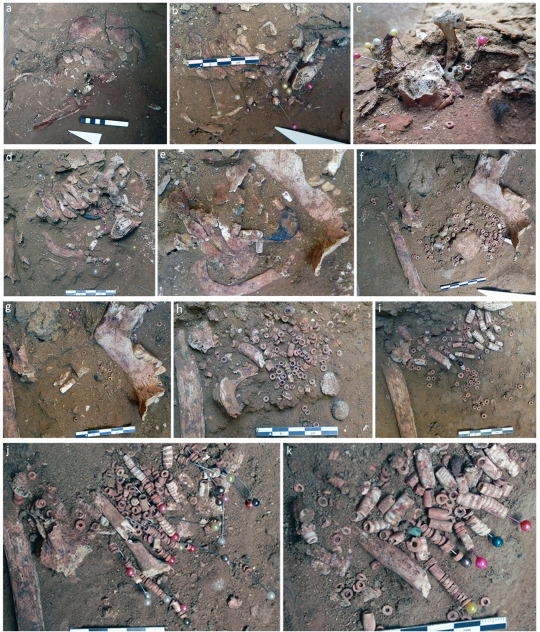
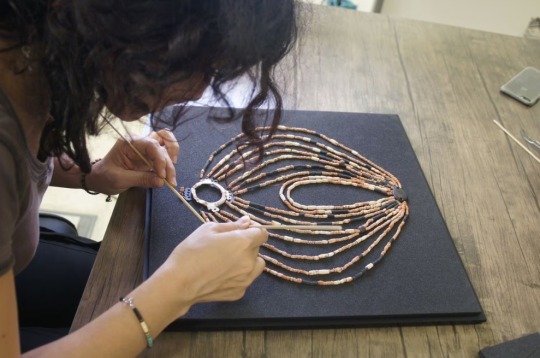
#Extravagant Bead Necklace from Neolithic Child’s Grave Reassembled#ancient grave#ancient tomb#ancient necklace#ancient jewelry#ancient artifacts#archeology#archeolgst#history#history news#ancient history#ancient culture#ancient civilizations
104 notes
·
View notes
Text

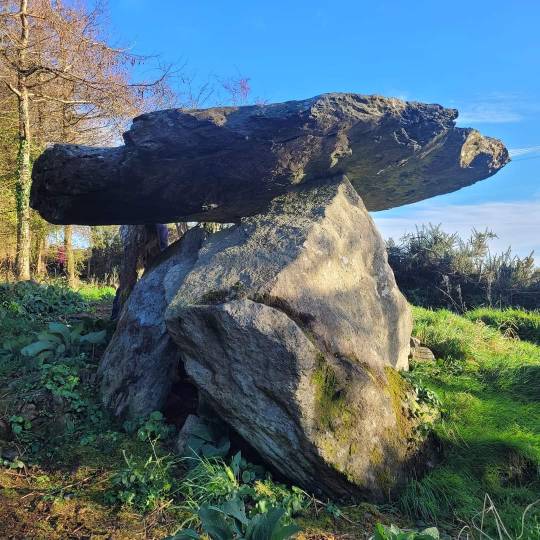

Neolithic tomb in Co. Wexford, Ireland.
37 notes
·
View notes
Text




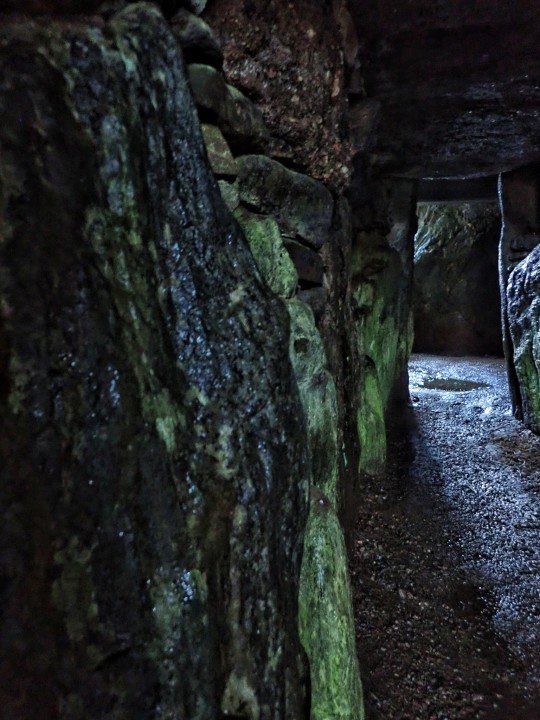

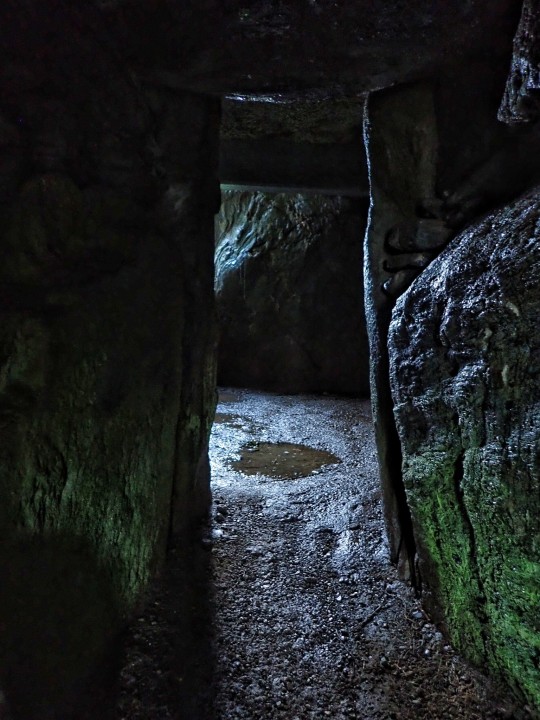

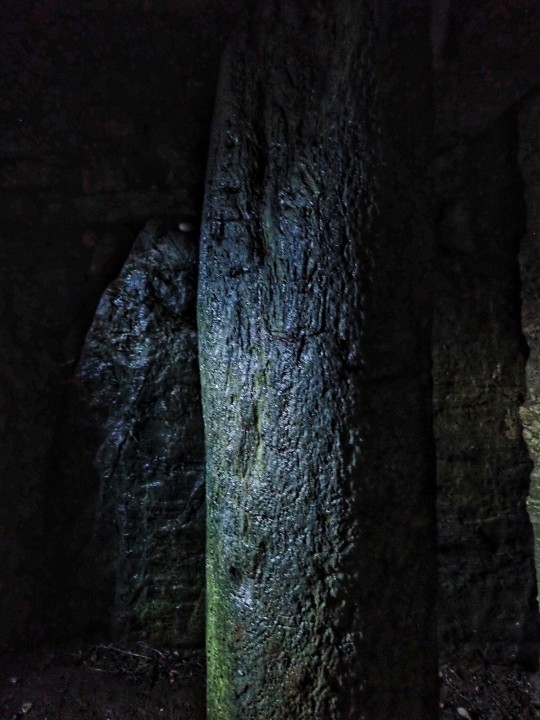

In the darkness of Bryn Celli Ddu Prehistoric Burial Chamber, Anglesey, Wales
#ice age#stone age#bronze age#copper age#iron age#neolithic#mesolithic#calcholithic#paleolithic#prehistoric#prehistory#megalithic#megalith#bryn celli ddu#burial mound#burial chamber#burial grounds#ritual#chambered cairn#passage tomb#ancient culture#ancient living#archaeology#Wales#Anglesey#wild places#seasons#winter#landscape#outdoors
165 notes
·
View notes
Text
An unprecedented Neolithic tomb discovery in Orkney, Scotland offers a fascinating glimpse into ancient burial architecture. 14 human remains and artifacts uncovered were in a well preserved state.
29 notes
·
View notes
Photo
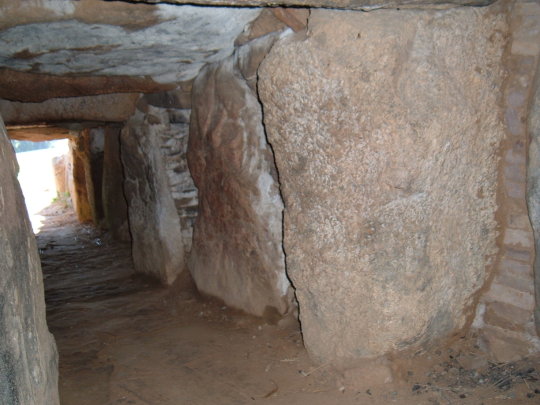
Klekkende Høj passage grave on the island of Møn in Denmark. View from the inside of the south tomb along the entrance passage

view looking north from southern end of tomb
#megaliths#archaeology#neolithic#funnelbeaker culture#prehistory#megalithic tomb#denmark#burial#burial chamber#funerary rites#passage grave#my upl
65 notes
·
View notes
Photo


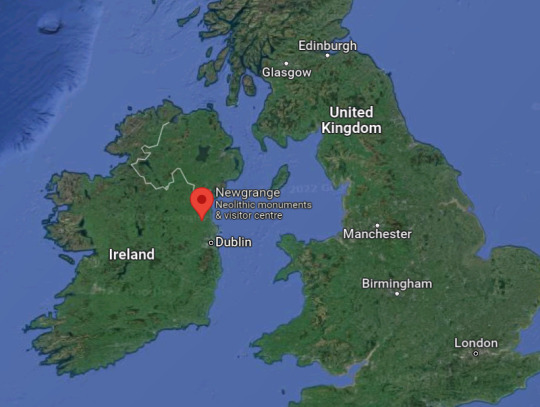
photos: The Winter Solstice at Newgrange in County Meath. (Ireland's Content Pool). sourced from Irish Central.
The Winter Solstice is an astronomical phenomenon that marks the shortest day and the longest night of the year. In the Northern Hemisphere, the Winter Solstice occurs on December 21 or 22, when the sun shines directly over the tropic of Capricorn. It is the basis for many religious holidays around the world.
At sunrise on the solstice, direct sunlight can enter the Newgrange monument—a large 5,000-year-old (older than Stonehenge and the Great Pyramid of Giza) Neolithic tomb structure built north of Dublin—through a specially contrived small opening above the entrance to illuminate the entry chamber for a short period of 17 minutes. The monument is believed to be a place of worship for a “Cult of the Dead.”
#winter solstice#solstice#newgrange#newgrange monument#astronomy#astrology#december 21#ireland#county meath#stone age#monument#world heritage site#tomb#temple#neolithic#megalithic#christmas#new year#winter#New Grange
63 notes
·
View notes
Text



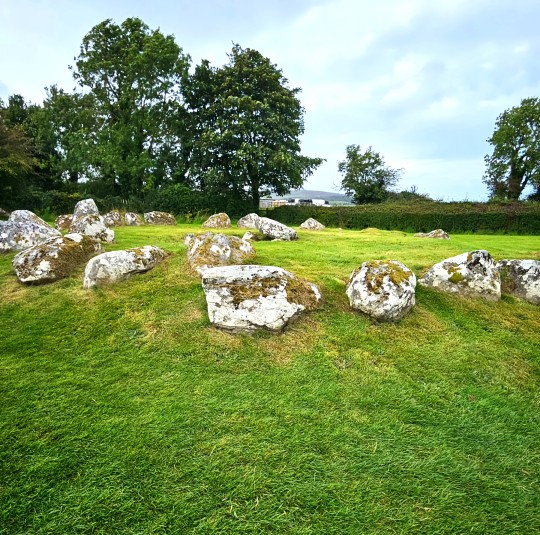
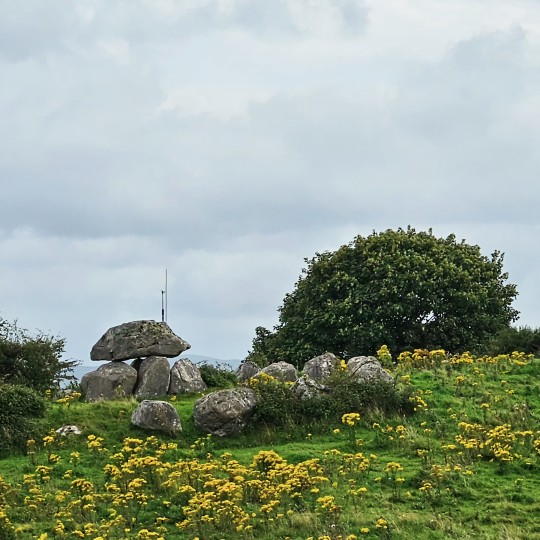
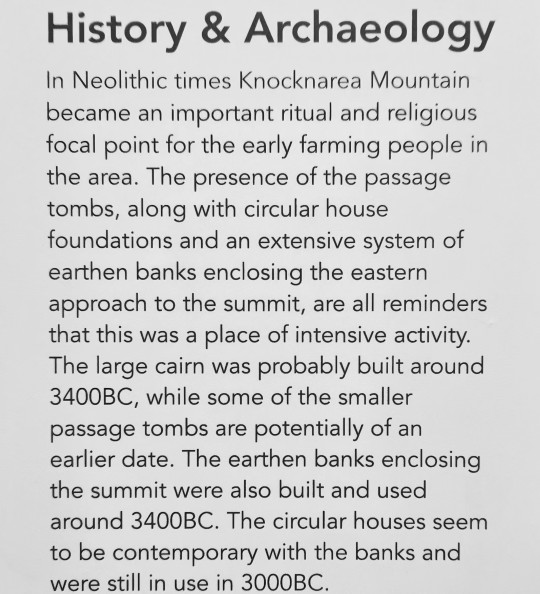
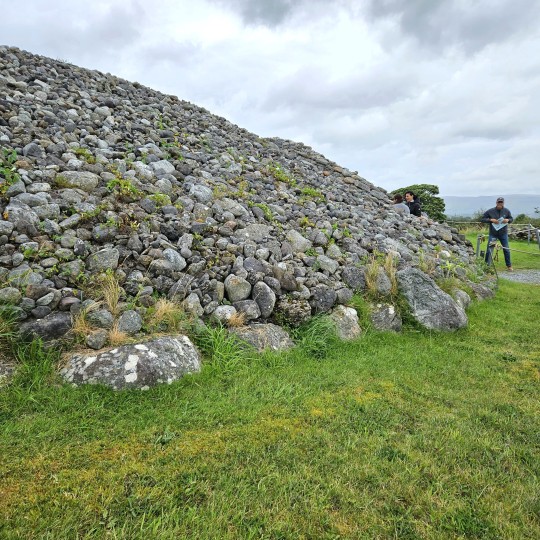

Carrowmore neolithic tombs, County Sligo. Ireland (2023)
© optikestrav
2 notes
·
View notes
Text
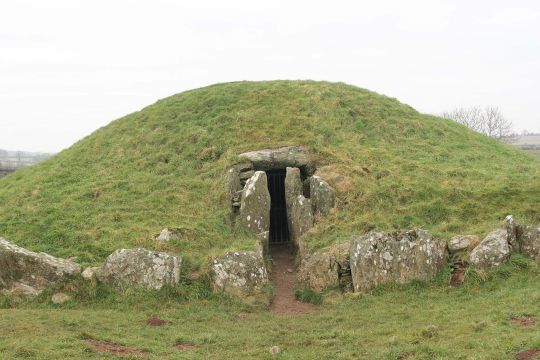
3 notes
·
View notes
Text

Today's Flickr photo with the most hits - the Hal Saflieni Hypogeum.
Fantastic neolithic underground burial complex. In use for over 1000 years, and excavated with bone and horn tools, the complex once housed 7000 bodies. For conservation reasons, visitor numbers are limited and there is no photography: the photos in my Flickr album were found on the web and uploaded for illustrative purposes.
5 notes
·
View notes
Text

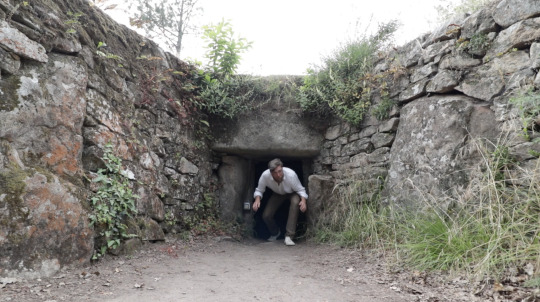
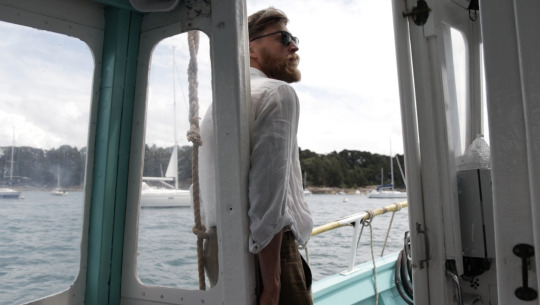


Stills from the new film about the origin of the Megalithic culture of Europe. Watch it here
#neolithic#archaeology#paganism#brittany#french history#ancient history#megaliths#megalithic#history documentary#stone circle#passage tomb#barrow#burial mound
31 notes
·
View notes
Photo


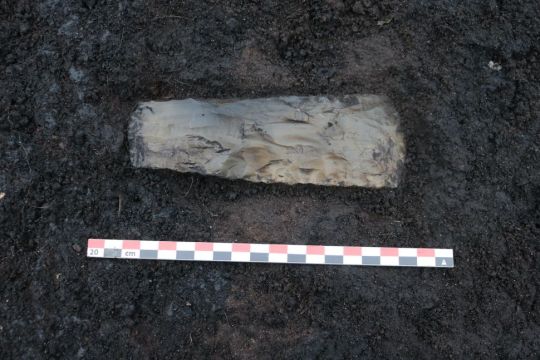

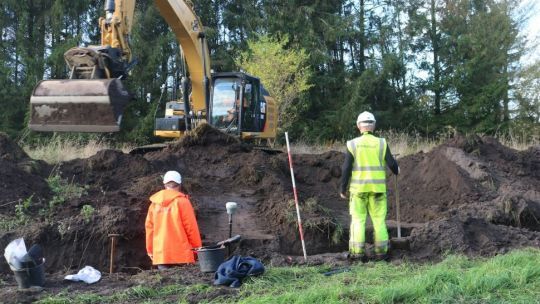


5,000-year-old 'bog body' found in Denmark may be a human sacrifice victim
The bones of a possible ancient human sacrifice victim have been found in a bog in Denmark.
Archaeologists have discovered the ancient skeletal remains of a so-called bog body in Denmark near the remnants of a flint ax and animal bones, clues that suggest this person was ritually sacrificed more than 5,000 years ago.
Little is known so far about the supposed victim, including the person's sex and age at the time of death. But the researchers think the body was deliberately placed in the bog during the Neolithic, or New Stone Age.
"That's the early phase of the Danish Neolithic," said excavation leader Emil Struve (opens in new tab), an archaeologist and curator at the ROMU museums in Roskilde. "We know that traditions of human sacrifices date back that far — we have other examples of it."
Dozens of so-called bog bodies have been found throughout northwestern Europe — particularly in Denmark, Germany, the Netherlands and Britain, where human sacrifices in bogs seem to have persisted for several thousand years.
"In our area here, we have several different bog bodies," Struve told Live Science. "It's an ongoing tradition that goes back all the way to the Neolithic."
Ancient bones
The ROMU archaeological team found the latest set of bones in October ahead of the construction of a housing development. The site, which has now been drained, had been a bog near the town of Stenløse, on the large island of Zealand and just northwest of the Danish capital Copenhagen. Danish law requires archaeologists to examine all land that's to be built on, and the first bones of the Stenløse bog body were found during a test excavation at the site, Struve said.
The archaeologists will now fully excavate the site in the spring, when the ground has thawed after winter. But the initial excavations have revealed leg bones, a pelvis and part of a lower jaw with some teeth still attached. The other parts of the body lay outside a protective layer of peat in the bog and were not preserved, he noted.
Struve hopes that the sex of the body can be determined based on the pelvis and that wear on the teeth may indicate the individual's age. In addition, the teeth could be sources of ancient DNA, which might reveal even more about the person's identity, he said.
Bog bodies
Struve said the flint ax-head found near the body was not polished after it was made and may have never been used, and so it seems likely that this, too, was a deliberate offering.
The oldest bog body in the world, known as Koelbjerg Man, was found in Denmark in the 1940s and may date to 10,000 years ago, while others date to the Iron Age in the region from about 2,500 years ago. One of the most famous and best preserved bog bodies is Tollund Man, who was found on Denmark's Jutland Peninsula in 1950 and is thought to have been sacrificed in about 400 B.C.
A few of the bog bodies seem to have been accident victims who drowned after they fell in the water, but archaeologists think most were killed deliberately, perhaps as human sacrifices at times of famines or other disasters.
#5000-year-old 'bog body' found in Denmark#human sacrifice#skeleton#bones#body#grave#tomb#archeology#archeolgst#ancient artifacts#history#history news#ancient history#ancient culture#ancient civilizations#new stone age#neolithic#danish neolithic
14 notes
·
View notes
Text
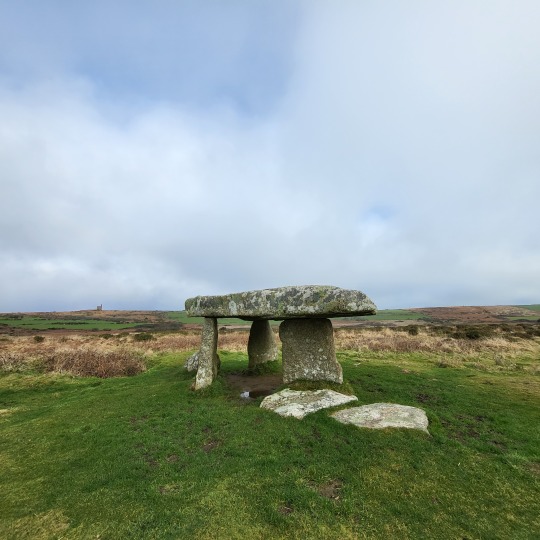


19th Feb 2023
Possibly the most famous of all the megalithic sites in Kernow, if not the most visted. It was knocked down in a storm in 1815 before being re-errected with a significantly shorter stance in 1824. At its northern end is a mess of stones that were once a pair of cist tombs.
megalithic.co.uk
#Portal Tomb#dolemen#quoit#cromlech#standing stones#megalith#lanyon quoit#kernow#cornwall#neolithic#bronze age
9 notes
·
View notes
Text


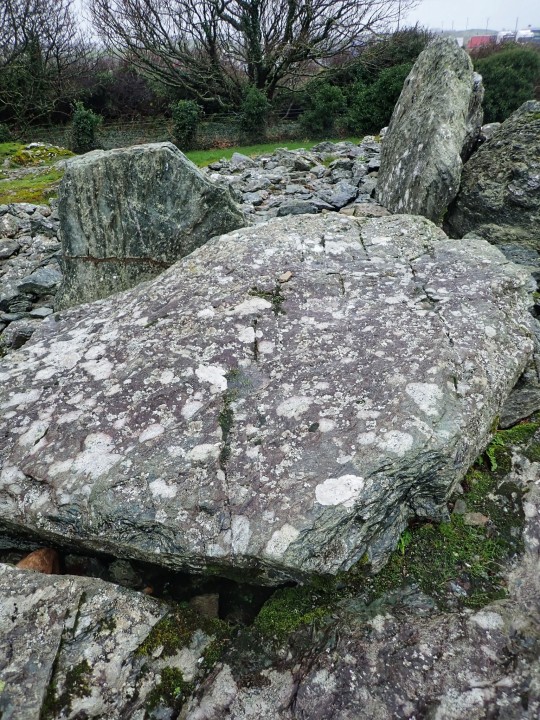
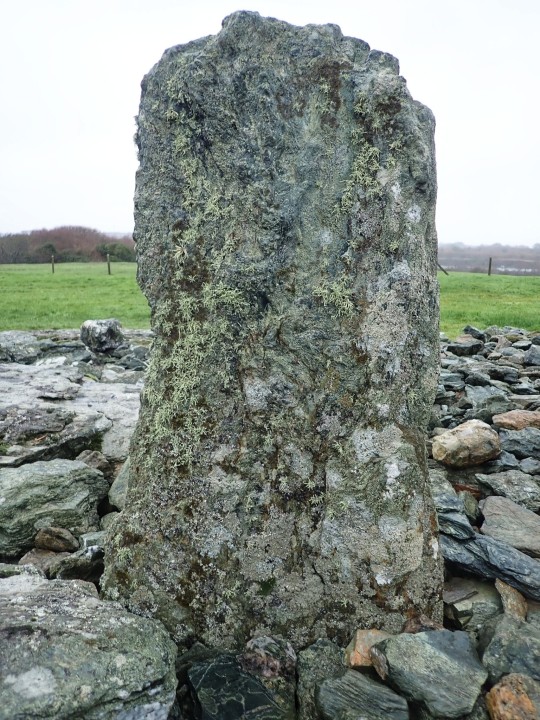
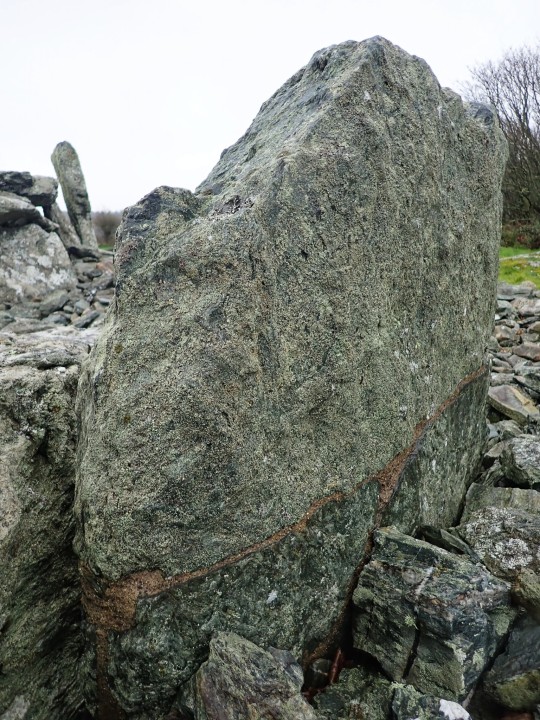

Trefignath Prehistoric Burial Chamber (Second Tomb), Holy Island, Anglesey, Wales
The second phase tomb introduced the eastward facing entrance and two portal stones, positioned like wings, suggesting the gathering of the sun's rays onto the entrance of the tomb. The mound also incorporated the first phase tomb into a single, larger structure. Likely built between 5500BCE and 4500BCE.
#ice age#stone age#bronze age#copper age#iron age#neolithic#mesolithic#calcholithic#paleolithic#prehistoric#prehistory#megalithic#megalith#portal tomb#burial chamber#burial mound#burial ground#archaeology#ancient culture#ancient living#ancient craft#wales#landscape#wild places
29 notes
·
View notes